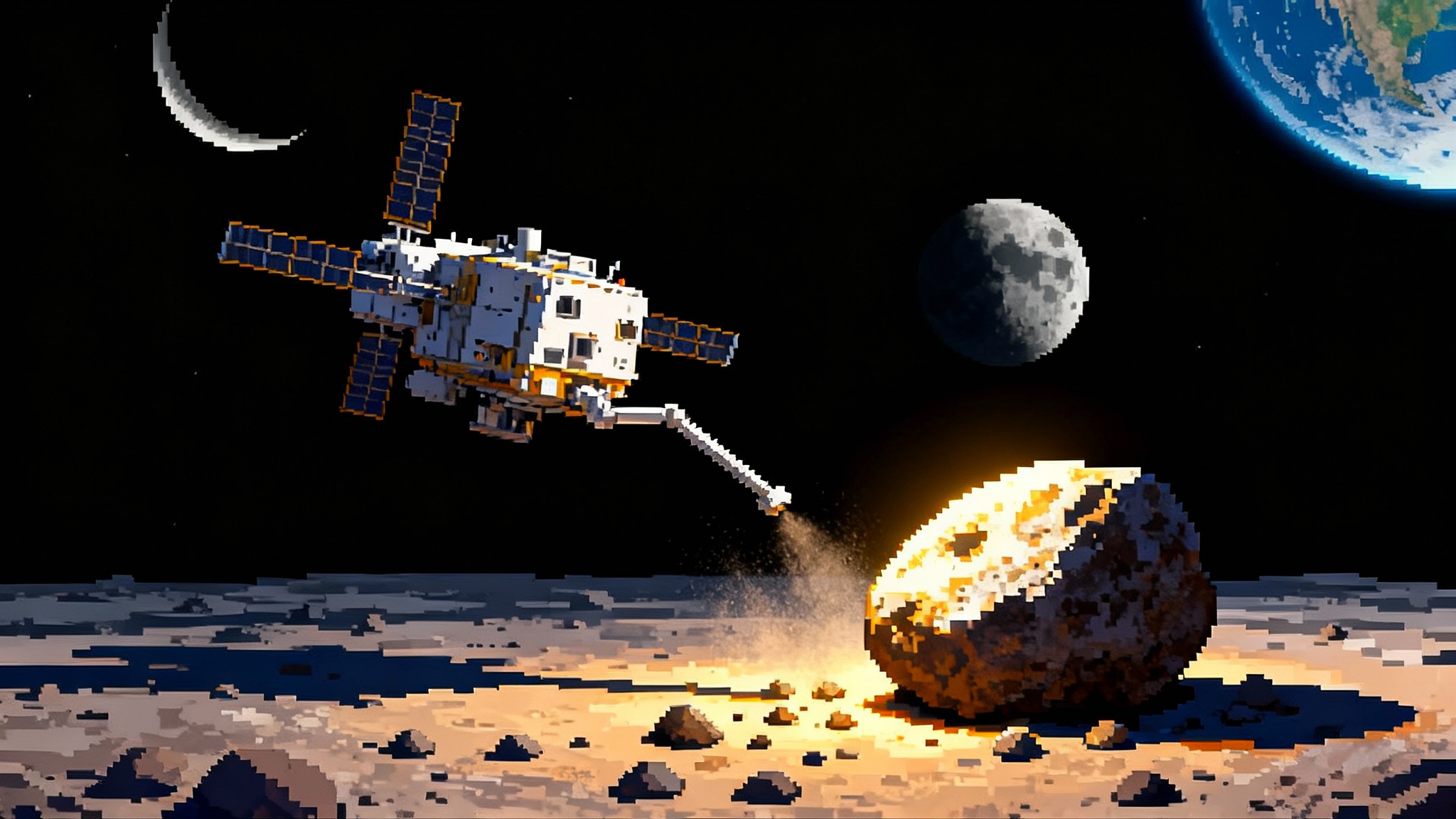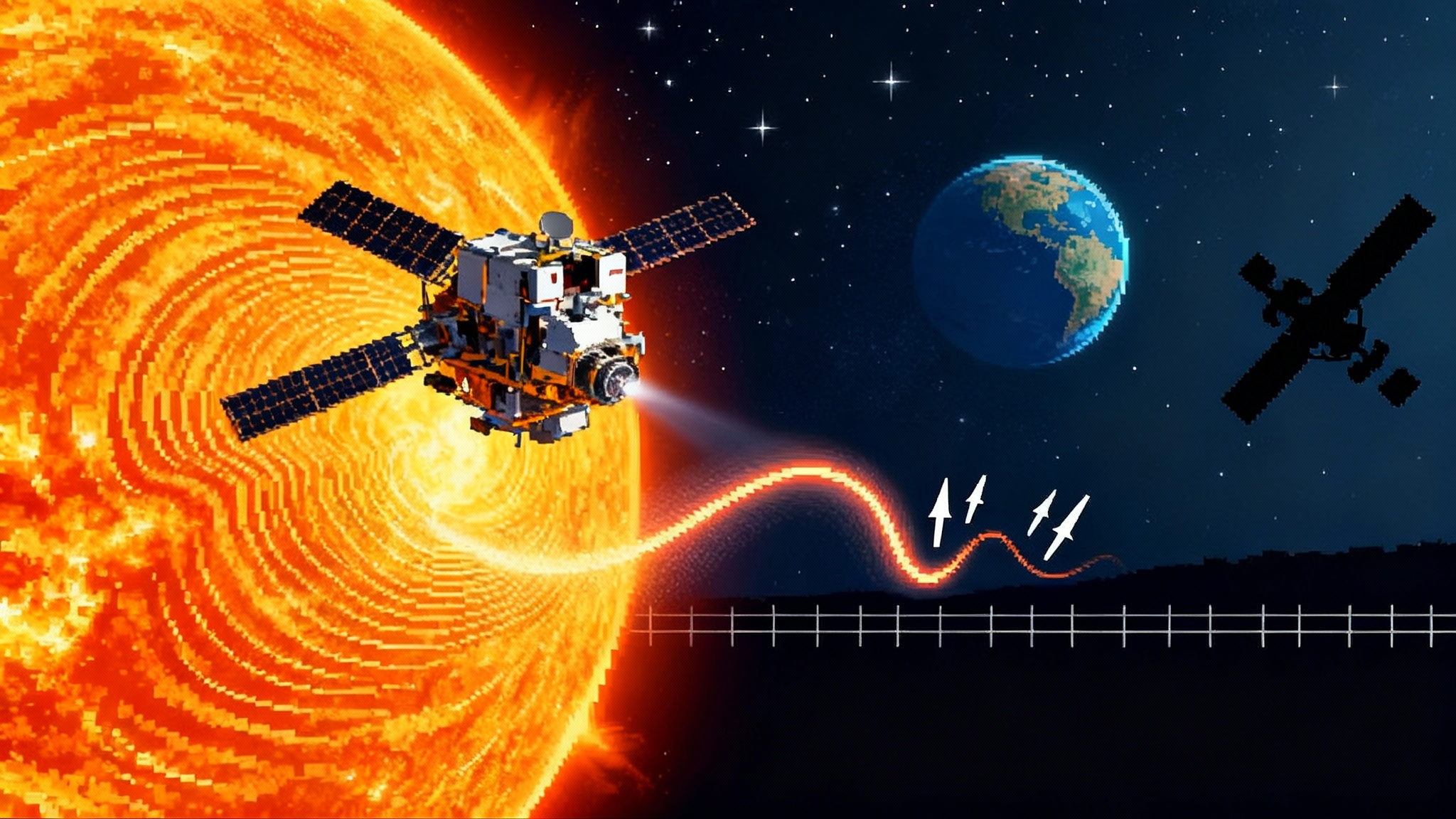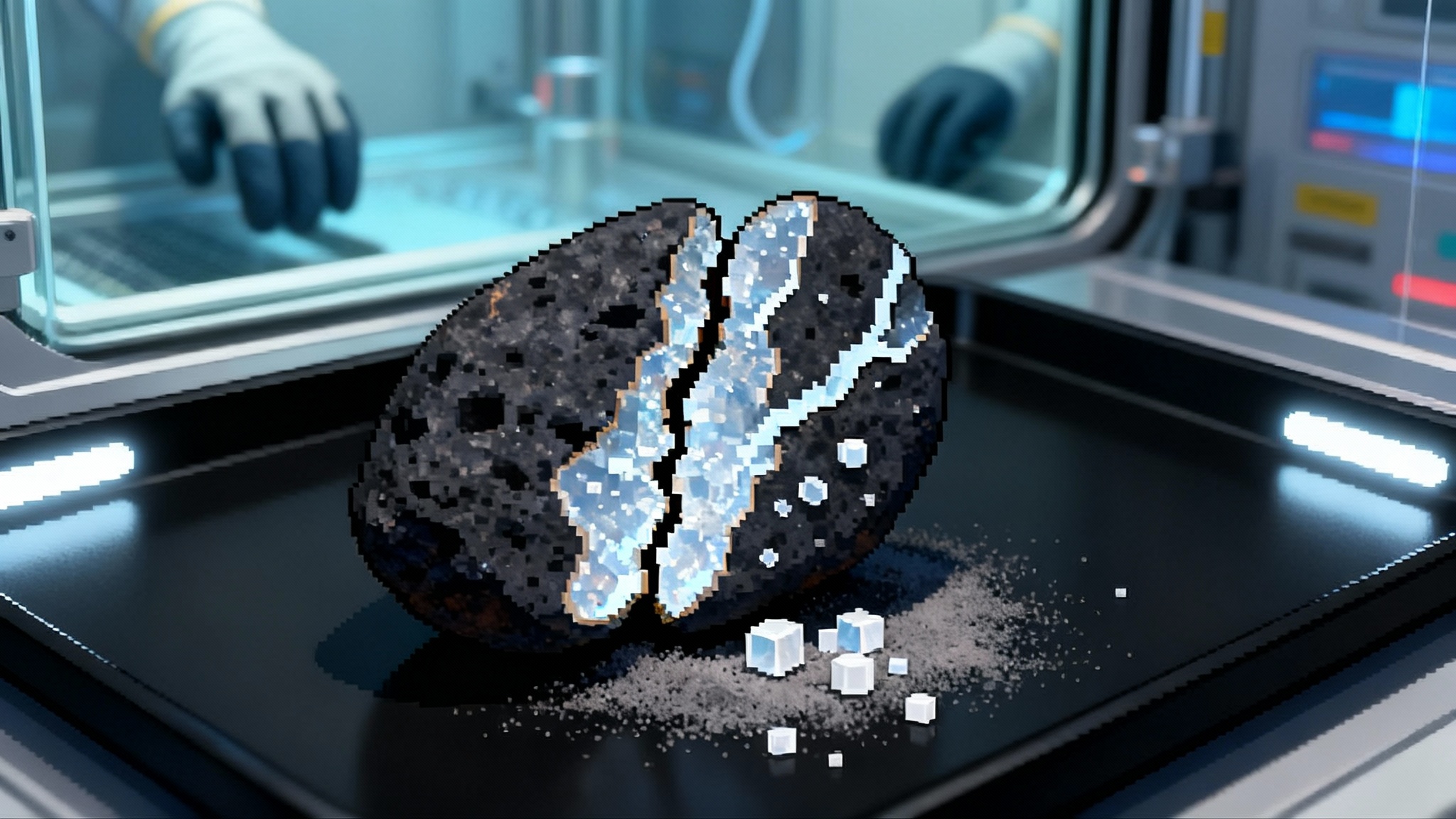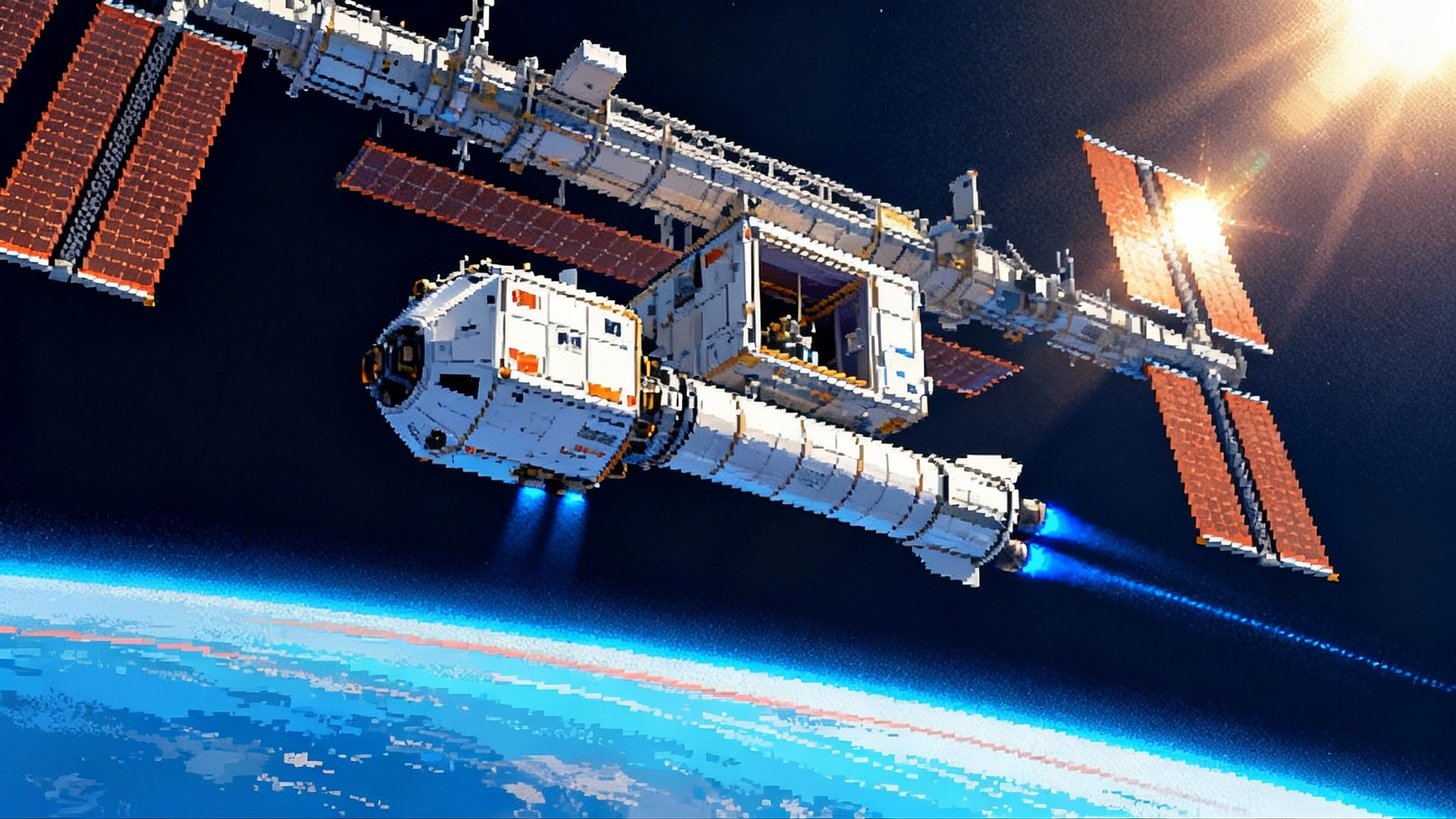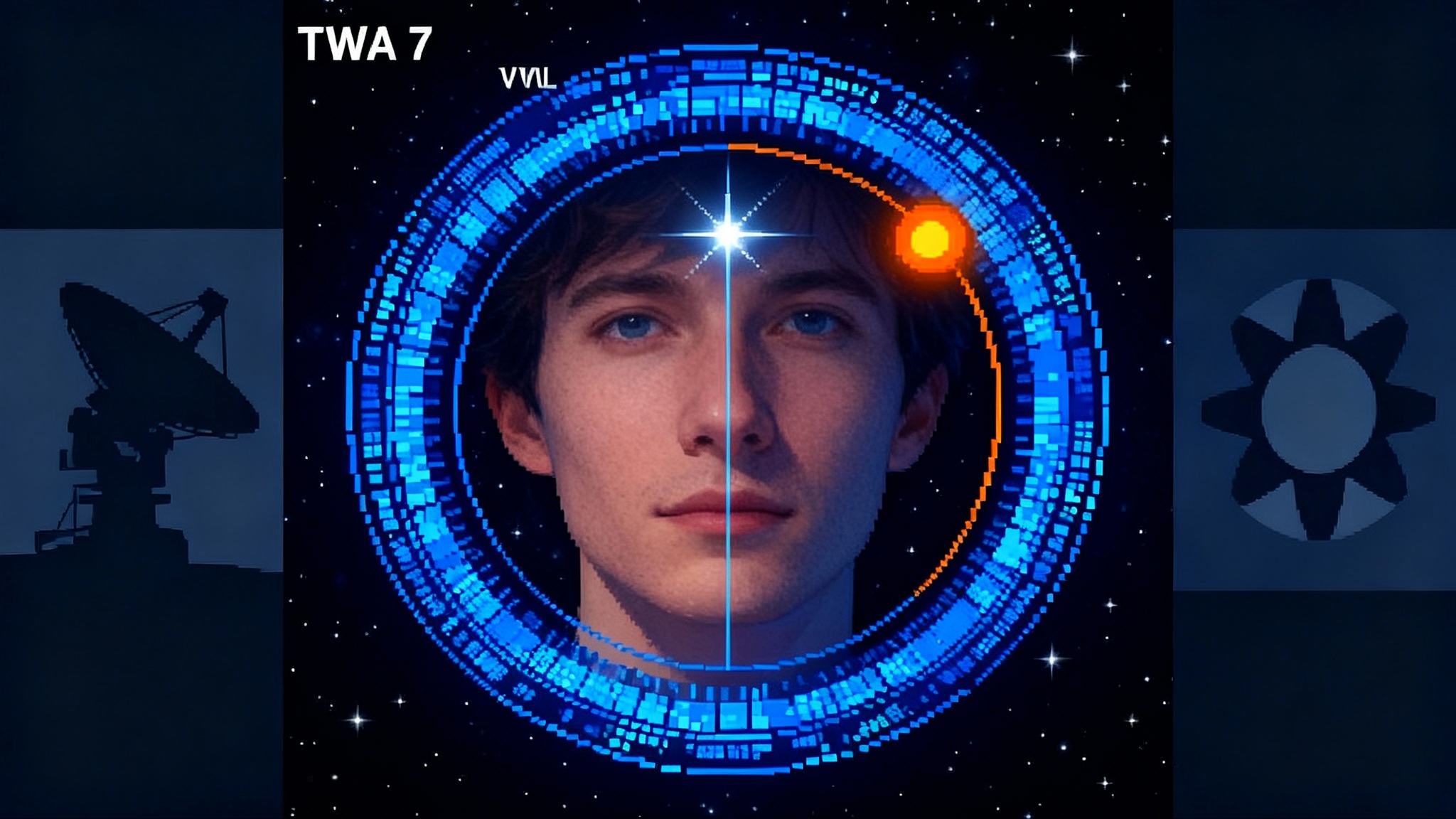Juno catches Io's most powerful eruption, models shift
NASA confirmed on January 28, 2025 that Juno’s December 27, 2024 flyby of Io recorded the moon’s most energetic volcanic outburst yet. A giant southern hotspot and nearby sites brightened together, pointing to connected magma reservoirs and a rethink of how tidal heating works.
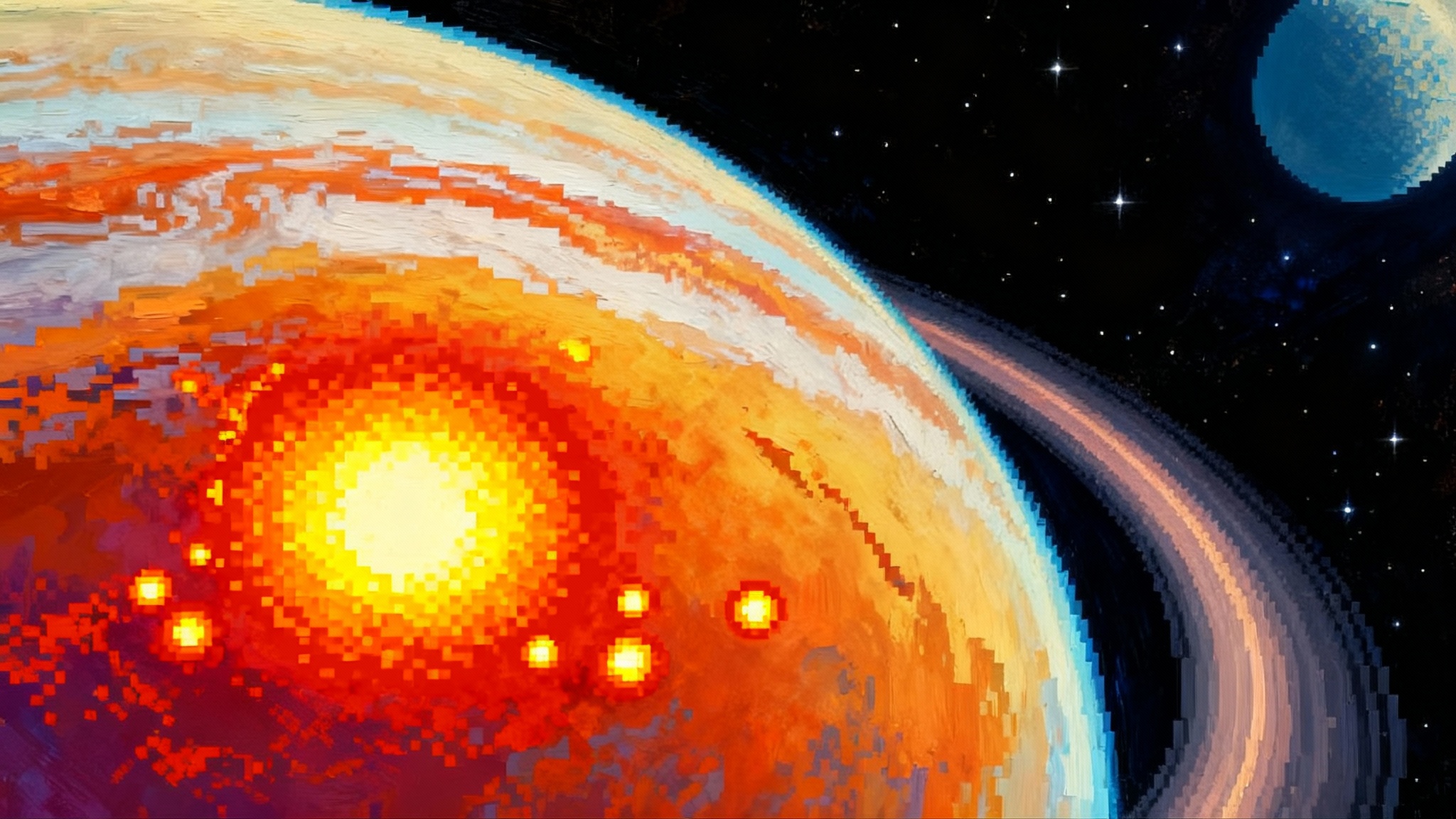
A record breaker seen in infrared
On January 28, 2025 NASA announced that Juno’s December 27, 2024 pass over Io’s south polar region captured the most energetic volcanic event ever recorded on the Solar System’s most volcanic world. Juno’s JIRAM infrared mapper saw a hotspot roughly 100,000 square kilometers in area, larger than Lake Superior, with radiated power well above 80 trillion watts. JIRAM even saturated, a sign of how extreme the emission was, and JunoCam images showed fresh color changes near the site. Although this encounter was about 74,400 kilometers distant, geometry favored the southern hemisphere and revealed a sprawling thermal complex. See NASA’s summary in NASA detailed the discovery.
The neighbors lit up too
JIRAM maps did not show a single bright point. Multiple nearby hotspots brightened almost at once, a pattern that is hard to explain with isolated magma pockets. Analyses of the dataset indicate that several distinct vents erupted nearly simultaneously across hundreds of kilometers, which points to subsurface connections between reservoirs. A modeling study by members of the JIRAM team argues that the event propagated below the surface, linking separate hotspots into one eruptive episode, with total power possibly 140 to 260 terawatts. Read the team’s synchronized eruptions analysis.
Think of Io’s interior as a plumbing network. Pressure changes in one chamber can trigger eruptions in another if the chambers are connected by dikes and sills. On Earth this coupling happens within volcanic fields. On Io it scales up because the whole moon is flexed by Jupiter’s tides every 42.5 hours.
A stronger tidal engine than models assumed
What is new is the combination of intensity, area, and synchrony in the south polar region. Many interior models distribute heating with predictable hotspots and assume that most eruptions are local responses to cyclical stress. The December 2024 outburst suggests the system can move heat and melt laterally more efficiently than those models allow, and that the lithosphere can fail in multiple places on short timescales.
Two takeaways follow:
- The energy budget is spiky. If connected reservoirs can release power in coordinated pulses, then averages hide rare but dominant heat dumps. Models should accommodate episodic, networked failures, not only local periodic ones.
- Geography of stress matters. The south polar catch argues for more attention to polar plumbing. That aligns with how polar strategies are reshaping lunar science, as shown by our look at south pole playbook lessons.
Plain language: what “interconnected reservoirs” means
- Melt pockets are not isolated tanks. They are rooms connected by hallways. When one room overpressurizes, the hallway lets magma and gas rush into the next, priming it to erupt.
- Tides squeeze and relax the building every 42.5 hours. Those cycles pump melt through the hallways. If a door fails in one place, the pressure wave can break doors down three rooms away.
- Juno’s data record a moment when several doors failed in quick succession. The surface brightened at multiple points together, the footprint of a networked failure rather than a single blowout.
Why this matters beyond Io
- Ocean worlds. If Io’s rocky crust can couple reservoirs over hundreds of kilometers, ice shells could couple brine lenses and fractures in similar ways. That has implications for plume timing and sampling strategies, much like how we plan observations in our hunt for habitable worlds.
- Volcanic exoplanets. Many close‑in rocky worlds are tidally flexed. Thermal phase curves and emission spectra can be influenced by rare, continent‑scale eruptions. If activity clusters and synchronizes, instruments that average over weeks can miss the peaks.
What Juno and Earth’s telescopes will test next
NASA’s January 28 note pointed to a follow‑up look on March 3, 2025. Juno continues its every‑other‑orbit pattern of Io passes, with distances and viewing angles that sweep different latitudes. The aim is not only to re‑image the hotspot, but to watch how it evolves as a thermal system.
What to watch over upcoming passes and campaigns:
- Thermal evolution of the source. JIRAM will track the hotspot’s cooling curve. A large chamber would cool slowly and spatially migrate as crust founders and refreezes. Many shallow sills would cool faster and look patchier.
- Subsurface heat pathways. Juno’s Microwave Radiometer can probe centimeters to tens of centimeters below the surface. A diffusive warming halo would support lateral melt transport. No halo would argue for focused conduits.
- Eruption cadence and synchrony. Repeated mapping will test whether the same cluster lights up together again near specific tidal phases, or whether the system relaxes and decouples.
- Plume chemistry from Earth. ALMA can separate volcanic gases like SO2, SO, NaCl, and KCl and compare their spatial patterns with the hotspots. Different gas ratios at nearby vents would map compositional zoning within a shared system.
- Global context from optical and near‑IR. Keck, Gemini, VLT, IRTF, and LBT can measure thermal lightcurves and surface changes, while smaller dedicated systems provide near‑nightly alerts when the sodium nebula or plasma torus brighten.
This cadence mindset mirrors how heliophysics teams design campaigns for bursty events. See how that thinking pays off in better burst forecasting.
Practical implications for targeting and instruments
Updating models is only half the job. The other half is changing how we look.
Targeting strategies
- Favor repeat coverage of the same regions across multiple orbits, especially in the south. Synchrony lives or dies on the time axis.
- Watch the neighbors whenever one vent brightens. Adjacent hotspots are not bystanders.
- Coordinate across platforms. Trigger ALMA and large ground‑based telescopes when JIRAM sees a spike, and vice versa.
Instrument design
- Dynamic range and saturation control. JIRAM’s saturation is a feature and a warning. Future infrared imagers and radiometers aimed at Io or tidally heated exoworlds need rapid readout modes, subframe sampling, variable gain options, and predictive exposure control tied to recent lightcurves.
- Thermal plus gas co‑measurement. Pair thermal imagers with compact spectrometers tuned to SO2, SO, NaCl, and KCl to discriminate shared reservoirs from independent vents.
- Wider instantaneous fields of view. Synchrony means image clusters in one go. Mosaics are too slow when eruptions evolve over hours.
- Subsurface sensitivity. Microwave or long‑wavelength infrared channels that feel tens of centimeters below the surface can reveal where heat is moving before it emerges.
- Onboard autonomy. Add change‑detection routines. If the scene saturates or brightens above a threshold, switch exposure modes, widen the field, and cue other instruments without waiting for ground.
- Radiation hardening and anneal plans. Juno’s long slog through Jupiter’s radiation belts shows how punishment accumulates. Build in sensor annealing, shielding margin, and flexible calibration.
Broader science payoffs
- Interior structure constraints. Synchrony across hundreds of kilometers sets a lower bound on the length and permeability of dike and sill systems, feeding estimates of lithospheric thickness and melt fraction.
- Tidal dissipation maps. If polar regions host record events, dissipation profiles need re‑weighting. That insight generalizes to other tidally heated bodies.
- Habitability proxies. On ocean worlds, the efficiency of energy transport from tides into fractures and into the ocean helps set chemical gradients that power potential metabolisms.
- Exoplanet climate noise. For rocky worlds under strong tides, rare super‑eruptions can dominate the heat budget seen in thermal phase curves. Pipelines should flag and preserve outliers rather than averaging them away.
What success looks like over the next year
- A measured cooling curve for the giant southern hotspot, with evidence for or against lateral heat redistribution.
- At least one more episode where multiple nearby hotspots rise together near a specific tidal phase, or a negative result that rules out frequent synchrony.
- A gas chemistry map showing either similar volatile ratios across brightened vents, which would support a shared reservoir, or systematic differences that reveal zoned magma feeding a connected system.
- A logged cadence of sodium nebula and plasma torus brightening that aligns with Juno’s thermal spikes, linking surface outgassing to magnetospheric response.
Bottom line
Juno’s southern hemisphere catch on December 27, 2024 forces a rethink of how Io handles heat. The record power and area matter, but the tell was neighbors lighting up together. That pattern points to connection, and connection changes the math of tidal heating, the way we predict eruptions, and the way we build and operate instruments. Over the next several passes and ground campaigns, the community will test whether this was a spectacular fluke or a glimpse of Io’s true heartbeat. If it is the latter, future missions will need faster eyes, wider views, and smarter triggers to keep up.
